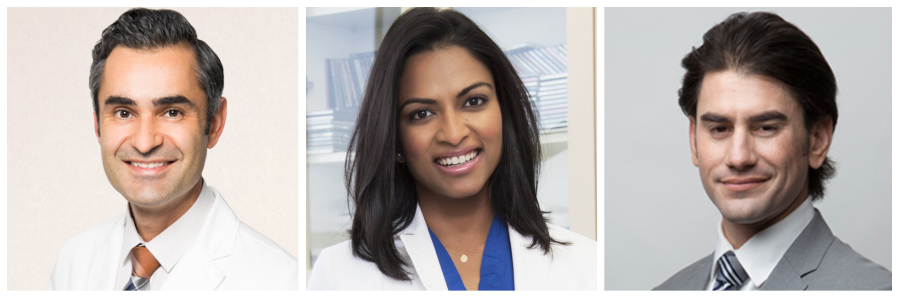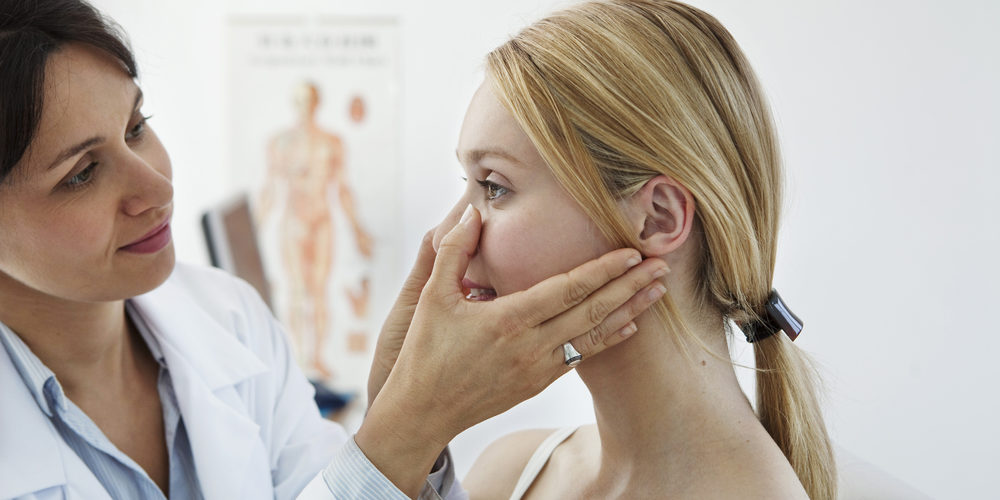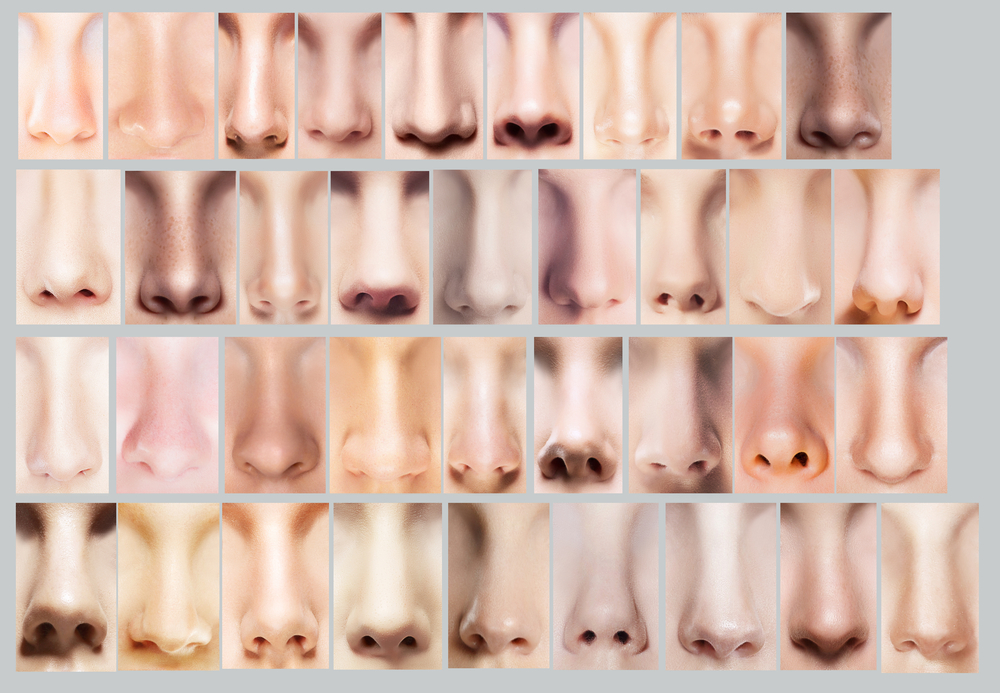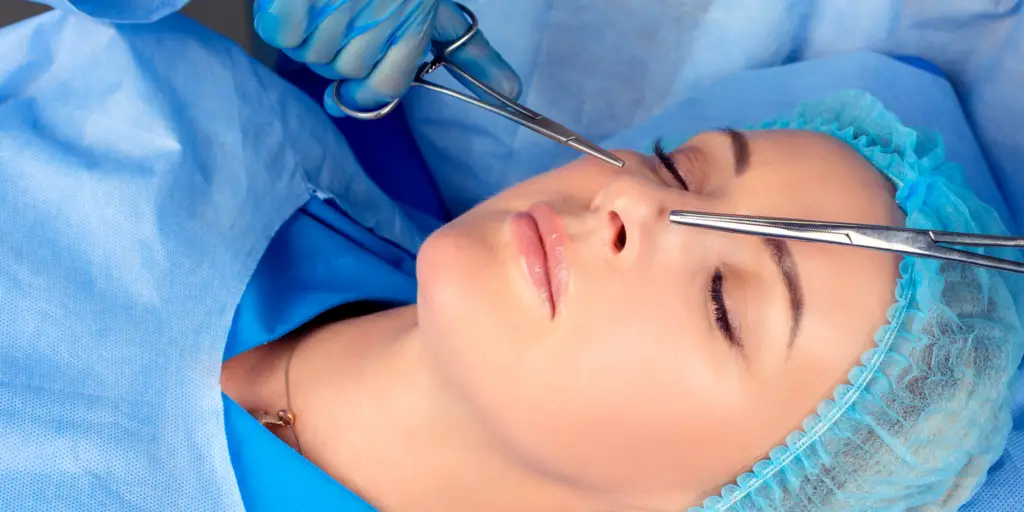- The nose is made up of several bone, cartilage, and soft tissue components.
- Rhinoplasty is an intricate cosmetic surgery procedures that requires a great deal of finesse on the part of the surgeon.
- Following the surgeon’s pre-op and post-op recommendations has a significant impact on the procedure’s success.
While in many cases nose reshaping serves purely cosmetic purposes, the procedure can also be needed to correct birth defects or fix injuries.
In this article, we explore the most important things to keep in mind both before and after undergoing this common plastic surgery procedure.
Rhinoplasty Recovery: Quick Facts
Although many patients experience a significant level of discomfort after rhinoplasty surgery for a short time, most agree that the benefits greatly outweigh the negative aspects of recovery.
It is important to go into the procedure knowing what to expect to increase your chances of having a smooth rhinoplasty recovery and results that meet your goals.
- Don’t underestimate the time commitment.
Count on taking at least a week off from work and other normal activities. During this time you will need to sleep on your back with your head elevated. You will probably have some bruising around the nose and eyes, but, depending on the complexity of your surgery, it should go away within a week or two.
- Expect temporary pain and discomfort.
If you’re like most patients, you will experience some pain and discomfort for up to a week after your nose job.
While the most recent American Academy of Otolaryngology-Head and Neck Surgery guidelines state that it isn’t absolutely necessary, your surgeon may decide to use nasal packing, which can be uncomfortable but will be removed within only a few days.
You should also expect to experience some nasal congestion, but this too will subside relatively quickly.
Ask your surgeon about pain killers and follow their instructions to a T. Pain killers and supplements that thin the blood (e.g. ibuprofen, aspirin, ginkgo biloba, etc.) are unsafe to take for at least two weeks following the procedure.
- Swelling will happen.
Swelling is common after most invasive procedures, and this is particularly true with rhinoplasty. It’s important to understand that it can take up to a year for swelling to fully subside, and for the nose to heal completely.
Use cold compresses in the initial days of your recovery, and ask your surgeon what else you can do to help with the swelling.
Note that swelling and recovery time also vary depending on whether you undergo an open rhinoplasty or a closed rhinoplasty. Your surgeon will recommend the approach that they feel is most appropriate, depending on their preferred technique and your specific goals.
- Protect your nose.
Strenuous activities will need to be avoided for a week to two weeks, and any activity that could put your nose at risk of injury must be avoided at all costs for a minimum of a few months. Ask your surgeon for more detailed info.
The dos and don’ts
These are just a few of the different do’s and don’ts to keep in mind in order to get back on your feet faster.
Do
- Keep all of your follow up appointments.
- Get plenty of rest.
- Take the medication that you’re prescribed.
- Stay hydrated.
- Use ice packs as needed to reduce swelling.
- See to your emotional well being.
Don’t
- Ignore signs of complications or infection
- Injure your nose during recovery
- Use alcohol or tobacco products
- Skip your follow up appointments
Your physical recovery
You can expect to experience some pain right after your rhinoplasty, but it should fade relatively quickly. Most patients report that they only need to take narcotic pain relievers for a few days following surgery, and can move on to using milder pain relievers within a week of the procedure.
Your level of discomfort also depends on exactly which procedure — closed or open rhinoplasty — your plastic surgeon performs.
In most cases, rhinoplasty causes discomfort to your nose and sinuses for about three weeks. The initial pain is more severe, but subsides after only a few days.
Removal of the splint and packing
During the initial recovery process, your nose will be covered in bandages and protected by a splint. Your sinuses may be packed with gauze. The splint and bandages will be removed after about a week, and the packing will come out at around the same time or shortly after.
Many patients say that the most difficult part of the recovery process is the initial period during which the nasal splint and packing are in place. Your face will feel swollen and puffy, the area around your eyes may be bruised, and your nose will be painfully tender.
It’s recommended that you make use of cold packs to reduce swelling during this time, and take whatever pain relievers your doctor has prescribed. It will take about two weeks for the swelling and bruising to improve.
Dealing with a dry throat
One of the most common causes of discomfort after rhinoplasty is a dry throat. Since your sinuses will be packed with gauze during the first part of recovery, you’ll need to breathe through your mouth, causing throat dryness.
Here are some tips for soothing your dry throat:
- Run a humidifier by your bedside while you sleep.
- Avoid smoking cigarettes and drinking alcohol.
- Drink a cup of hot tea with honey.
- Hot, steamy showers can provide relief.
- Stay hydrated with cool water.
- Lozenges can provide temporary relief.
Many over the counter medications are also available to treat a dry throat, but consult your doctor if you find yourself using them frequently. Avoid decongestants, as they won’t help.
You can expect the feeling of nasal congestion to subside, and your throat will gradually return to normal as you start to breathe through your nose again. In most cases, dryness won’t persist for more than two or three weeks.
RELATED: Nose Jobs Gone Wrong — When is Revision Rhinoplasty Necessary?
Reducing bruising and inflammation
Facial bruising and swelling are common after nose surgery. You should expect to spend at least a week with bruising around your eyes and upper lip.
An ice pack can help to reduce swelling. Apply it to your face as needed to provide relief from pain and inflammation. During the early days of recovery, laying down with a cold pack on your face will go a long way toward keeping the swelling manageable.
Over the counter anti-inflammatory medicines like aspirin and ibuprofen will also help with pain and swelling. Take care not to exceed the recommended dose, and talk with your doctor if you have any questions about interactions with your pain killers.
In most cases, you’ll receive specific instructions about which over the counter medicines are recommended for you to take during recovery.
Avoiding bumps and injury
Injuring your nose during the recovery process can cause additional setbacks and complications. Much of your nasal tissue will be swollen and tender during your rhinoplasty recovery, so any injury will be painful as well as detrimental to your recovery.
Take care to avoid bumping your nose, and consult your doctor immediately if you do injure yourself during the recovery process. You may need to schedule an appointment for a quick check up, or detailed imaging to determine the extent of the injury.
Getting plenty of rest
Getting enough rest is important to a proper recovery. In fact, you won’t recover properly without it. Rest doesn’t necessarily mean spending your days in bed, but it does mean allowing yourself the space and time you need to relax, as well as avoiding strenuous activities.
Anxiety is just as detrimental to the recovery process as actual physical exertion. Choose somewhere comfortable to rest, and make sure that all of your needs will be met in advance of your nasal surgery. Proper planning can help to ensure a restful recovery.
Your emotional recovery
Recovering from your rhinoplasty procedure has an emotional component as well. You should take steps to reduce your anxiety and stay calm, as well as embrace a positive outlook on the cosmetic changes to your face.
Relaxing
A recent study by the American National Institute of Health shows that listening to your favorite music is helpful for recovery. The doctors conducting the study found that patients in surgical recovery who listened to music used less pain medication and were less anxious about the recovery process.
Whether it’s reading a good book, listening to your favorite album, or indulging in a Netflix binge, find ways to keep yourself entertained and occupied as you rest and recover from surgery.
Accepting compliments
Your friends and loved ones are going to notice a difference in the way you look after rhinoplasty. It’s okay to let yourself enjoy it. Accept their compliments, and embrace the changes to your face. Begin to fall in love with your new nose.
People can be shy about accepting compliments, but there’s nothing wrong with saying “thank you.” Allow yourself to take this sort of praise in stride and feel good about it. It’ll do wonders for your self-image and mental health.
Staying positive
Recovery from surgery can be a slow process, and it’s often uncomfortable or outright painful. That’s why it’s so important to go into recovery with the proper attitude and outlook. Staying positive about your nose job during the recovery process will help to reduce your levels of anxiety, which studies show will affect the speed of your recovery period.
Remind yourself of the reasons why you pursued plastic surgery in the first place, and let yourself imagine how much happier you’ll be with your new look after you recover.
Consult your doctor if you find yourself becoming depressed or anxious about your appearance.
Enjoying your new look
After the splints and nasal packing are removed and the swelling begins to subside, you’ll begin to notice changes to your nose. If you pursued rhinoplasty as cosmetic surgery, which most people do, allow yourself to enjoy the final result.
Remind yourself that there’s nothing wrong with liking what you see in the mirror, and that this whole process is worthwhile.
Avoiding complications: your surgeon knows best
After the packing is removed, you might be inclined to skip appointments. Don’t.
It’s important to keep all of your follow-up appointments. They give your doctor a chance to evaluate your progress and make any changes that might be necessary.
Staying in contact with your rhinoplasty surgeons until the healing process is complete will ensure that your needs are being met and you’re getting the best recovery possible.
Complications are rare, but it’s important to work with your doctor and to make them aware of any unintended outcomes when you notice them so that they can be quickly treated. Here are a few signs to watch out for:
- Persistent or excessive bleeding
- Skin problems like painful rashes or persistent discoloration following the removal of tape and bandages
- Signs of infection, including fever or discharge from your nose
- Nasal blockages caused by swelling
- Excessive or sharp pain in your septum and sinuses
If you experience any of these symptoms, or any other problems that aren’t going away during the recovery process, bring them to the attention of your doctor immediately.
As long as you follow your doctor’s instructions, get your rest, and take your medication as directed, your rhinoplasty recovery should be easy and relatively painless.
Experts’ advice: preparation and recovery timeline
We asked three board-certified surgeons who specialize in facial plastic surgery for their advice on how to prepare for rhinoplasty and facilitate the healing process.

Preparing for surgery
Dr. Behrooz A. Torkian is double board-certified in facial plastic and reconstructive surgery, as well as otolaryngology – head and neck surgery. Rhinoplasty is a keystone procedure at his Beverly Hills practice. Here are his tips for prospective patients.
Do your homework before your first consultation
As much as possible, patients should try to be specific with their requests. Before coming in for their first consultation, they should have a pre-determined concept of how they would like to change their nose. This may include pictures of celebs, models, or even filtered social media pictures.
It’s important to have an honest discussion with the surgeon about whether they can achieve your goals, depending on your preoperative anatomy.
Ask your surgeon to take pictures
To ease the patient’s anxiety, the expectations for postoperative experiences should be specifically outlined. There is no better way to do this than with before and after pictures. Although many surgeons today use three-dimensional imaging, traditional “photoshopped” pictures are also helpful.
Your surgeon should maintain a catalog of pictures that demonstrate the changes that their patients generally experience within the first year. Early postoperative pictures taken one or two weeks after surgery can provide realistic expectations, and the memory of them can be reassuring during early postoperative changes.
Find an open and honest surgeon
I firmly believe that people respond better when they are told exactly what events will take place, and in what order. I meet with patients and their loved ones right before surgery for ten minutes to explain what will happen once they are transferred to the operating room.
They get a quick run-down of the monitors, compression devices, and other equipment that will be used, as well as a brief introduction to each of the staff members that will be helping with the procedure.
I then run to the changing room and meet the patient in the operating room once I have my scrubs on. At this point, I simply lay a hand on their head, shoulder, or arm as they have their intravenous catheter placed. Just the simple element of a reassuring touch can calm the patient’s nerves immediately.
After the surgery: the early stages of recovery
Dr. Sarmela Sunder is a double board-certified and fellowship trained surgeon specializing in facial plastic surgery. Here are some of the recommendations she gives her rhinoplasty patients at her two clinics in the Greater Los Angeles area.
Set aside time for healing
Most patients take a week off of work or school to recover. Patients can experience some discomfort for the first few days, but it is usually resolved by the end of the week.
I also recommend patients sleep with the head elevated for the first week, to help bring down any swelling. Depending on the complexity of the case and individual patient factors, there may be some bruising around the nose and eyes, but it usually resolves within one or two weeks.
Ask your doctor about pain medications
We usually prescribe pain medications, but many patients transition to Tylenol after the first few days. I recommend patients take Arnica to help with bruising and Bromelain – a protein extract derived from the stems of pineapples – to help with swelling.
Keeping the inside of the nose moist and clean with saline spray also helps with the healing process.
Longer-term recovery
Dr. Aaron Kosins is a Newport Beach-based board-certified plastic surgeon. He recently started practicing piezosurgery, an innovative rhinoplasty that doesn’t “break” nasal bones. This causes less bruising and swelling. Here are his tips for longer-term care.
Watch your activity during the first three weeks
During these first three weeks, I ask my patients to avoid spicy and salty foods, and to avoid blowing their nose. Your nose will continue to improve over the next six months as the inside heals. Patients with previous breathing issues often report better breathing, exercise tolerance, sleep, and energy during the day.
Be patient
During your first postoperative visit, all dressings, casts and sutures will be removed. Although your nose will still be swollen, you will immediately recognize the changes made during your rhinoplasty. After the first three weeks, the majority of your swelling will be gone.
Swelling will remain in minimal amounts for months after the surgery. Anybody who performs this operation and tells you differently is not being honest.
The nose is a very sensitive organ with a thin skin sleeve — this is why it gets cold when the rest of your face does not. Healing takes up to a year even though the subtle changes are often only apparent to me after the first three weeks.
Although rhinoplasty may sound intimidating — to say the least — it can leave you feeling more confident in your looks and significantly elevate your quality of life.









